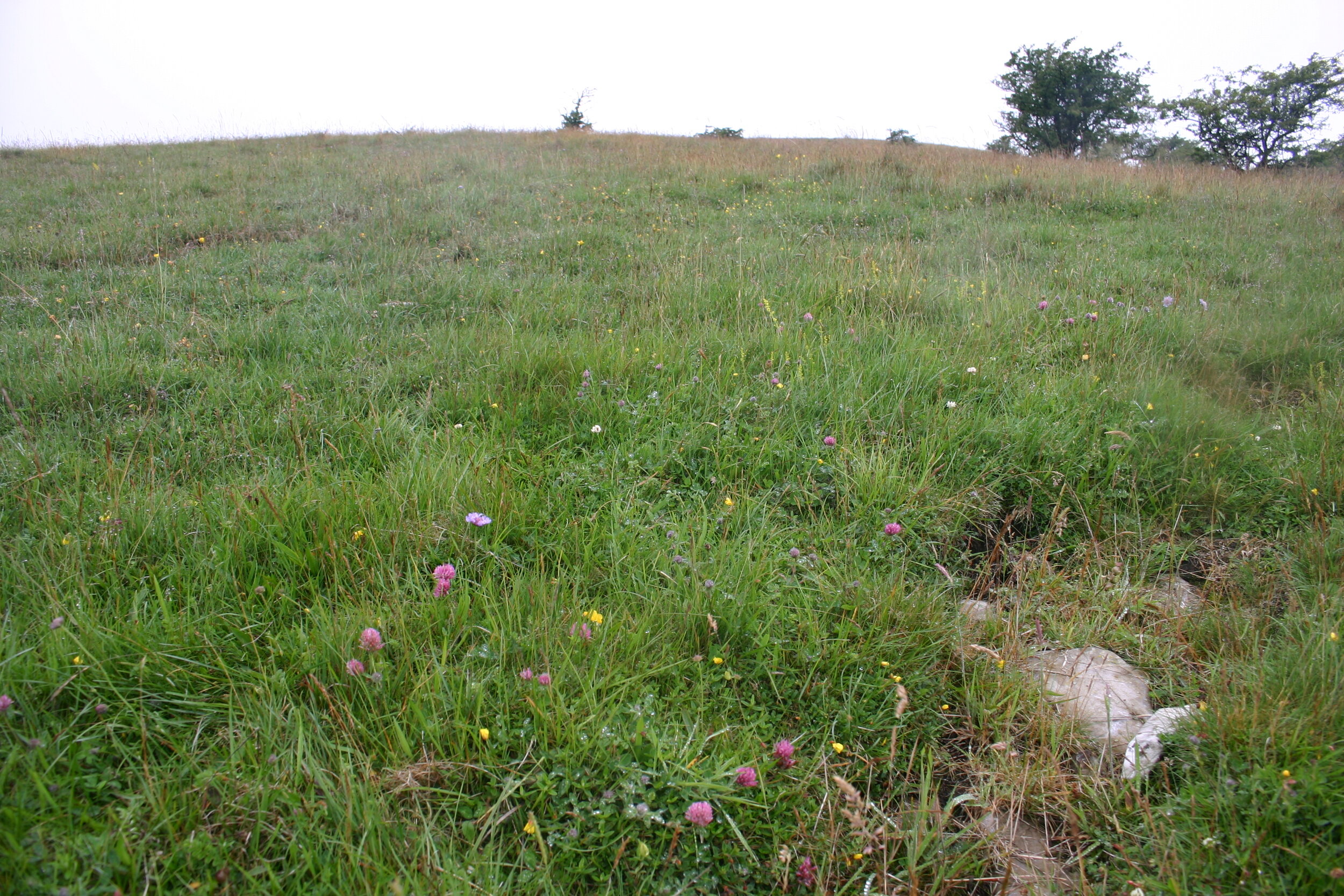England
ECT Media
Podcast with Gareth Phoenix
wardlow triangulation pillar (370m, 1214ft)
plot marker post on acidic grassland area with hawthorn scrub
plot location on calcareous grassland area with minimal hawthorn scrub
The Wardlow site is home to the some of the earliest and longest-running nitrogen (N) deposition experiments in the world.
Established in 1990, on acidic and calcareous grassland, this experiment investigates the effects of nitrogen addition on upland grasslands and includes interactions with phosphate.
Atmospheric nitrogen deposition is among the top three threats to biodiversity. It is estimated that by 2050 global N deposition will be almost twice as high as at the beginning of the 1990s.
This site was formerly one of nine under the UKREATE* umbrella project funded by the Department for Environment Food and Rural Affairs (Defra) and the Natural Environment Research Council (NERC).
*UK Research on the Eutrophication & Acidification of Terrestrial Ecosystems
Treatments
As the main form of N deposition in upland areas is wet deposition, the treatments have been applied monthly, with N in distilled water applied as a mist using a backpack sprayer.
Treatment rates range from those similar to historical deposition levels, 35kg N/ha/year (equivalent ambient deposition in 1995), to a 140kg N treatment that equates to application rates used in current agricultural practices.
A series of plots have now had their N treatments ceased, allowing the study of recovery of these systems alongside the continued study of ongoing N deposition effects.
Main study areas include impacts on botanical composition, flowering, soil microbial functioning, plant nutrient acquisition and changes in soil chemistry.
Further Information
For further information, see the history and findings of the UKREATE programme.
Professor Jonathan Leake's summary of the grassland, soil and vegetation response to N addition at Wardlow Hay Cop is also available to download.







